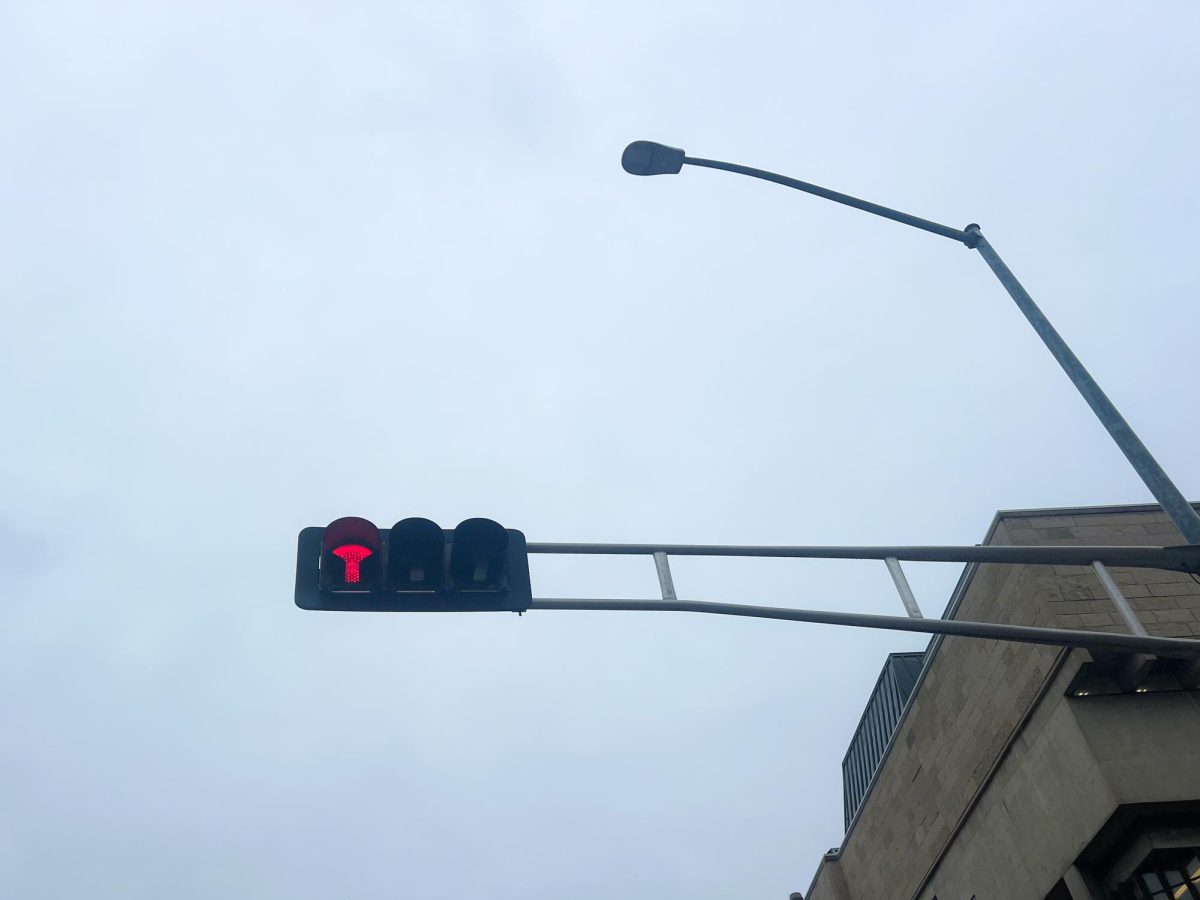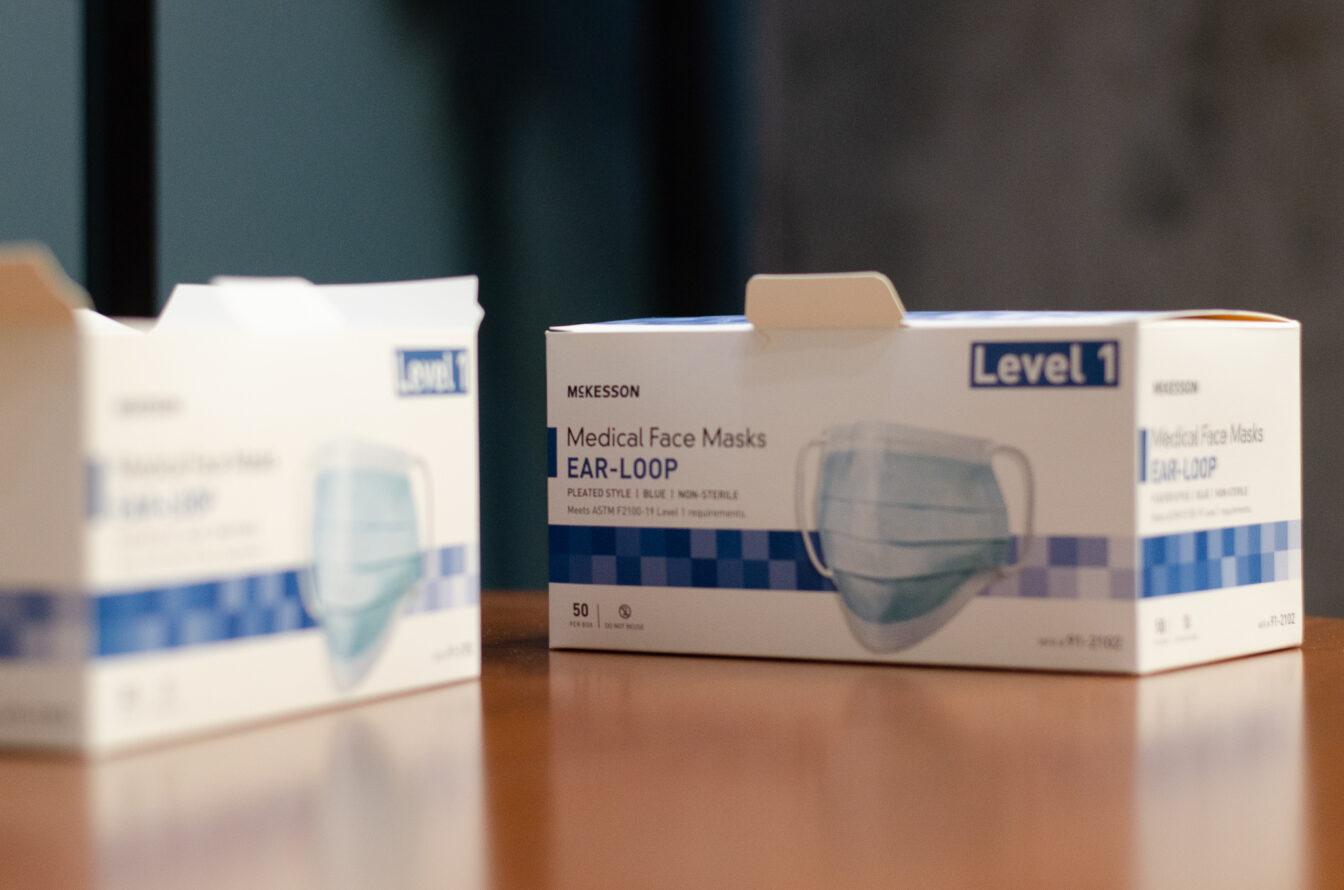It’s that time of year again. Students are making their first rounds of runs to the liquor stores, city technicians are wiring up security cameras and Mifflin-area residents are preparing their houses to become party-proof: It’s the Mifflin Street Block Party.
While students are readying themselves for what first-time partygoers are told will be the best 24 hours of their college lives, the event’s sponsors and city officials are hurriedly pulling the pieces of the puzzle together to ensure a smooth and safe party weekend before final exams.
As students from all across Wisconsin make arrangements to travel to Madison this weekend for the city’s historic block party, long-time partygoers say with the changes added to this year’s event the block party has seen a tremendous transformation from its origins.
A different world
Madison Mayor Paul Soglin, who attended the very first block party in 1969, said the present-day event has little to no resemblance to the party’s first debut. The party began as a celebration of activism against the Vietnam War, using the Mifflin area as a base for campus-wide protests.
“They’re not the same thing other than the fact that they are held in the spring and that they are held on Mifflin Street,” Soglin said during a press conference Wednesday. “There’s very little commonality between what was happening then and what we’re doing today.”
Soglin said he thought the city had seen all of the possible ways it could host a block party, as the event has evolved throughout the past 42 years, but said he was proven wrong by this year’s newest changes.
The party’s biggest changes this year include the lift of the ban on open alcoholic beverages in the streets within an event zone and creating a more live music-oriented event to draw more attendees into the streets.
“Just when we thought there were no new ways of having a block party, we’ve found a new way,” Soglin said. “This is a rather different and much improved effort to celebrate spring.”
Majestic Live co-owner Matt Gerding said he hopes students accept the changes made to this year’s party and take note of the meaning of the party and how it has evolved.
“Our hope is that this party – which is going to happen regardless [of anything the city does] – is going to be a more attractive option,” Gerding said. “We hope they embrace this change and understand this is supposed to be a fun event celebrating freedom, local bands and live music.”
A past reflection
Ald. Mike Verveer, District 4, said the modifications to the event would be a welcome change based on the party’s history.
Although the party has seen peaceful attendees with only minor legal violations such as drinking in the streets and disorderly conduct, Verveer said the annual event has a long history of violence and insanity.
Reflecting back 10 years, Verveer said the party saw less police regulation because of low staffing availability and crowds that were simply too large to control.
“Ten years ago, there was no sponsor – no organizer for the event. I was the alderperson back then, and there was a time when the police did not enforce the open intoxicant law in the streets because crowds were so large they had no choice but to throw up their arms in defeat,” he said.
In 1996, the party was an “anomaly” as students rioted in the streets, lighting a car on fire and throwing debris at firefighters, Verveer said.
“There was quite a disturbance in 1996 – to this day it is the most inhumane behavior I have ever seen,” Verveer said. “At night, things turned ugly with a mob mentality kicking in … there was no way to defend the insane behavior of individuals that day. I was begging people to stop throwing debris into the fire, to no avail.”
Still, Verveer said the further back in history an onlooker examines the block party, the more violent and out of control the crowd was. He said when the party first began, the organizers were denied a permit by the city, resulting in what he called inevitable chaos.
When the organizers were denied a permit, Verveer said they took to the streets, creating three days of rioting that began on Mifflin Street and continued to the Southeast dorms and eventually made its way down Langdon Street.
“In early May of ’69, there were a lot of problems,” Verveer said. “The then-eighth district alder Paul Soglin was arrested at the first block party and taken to jail. There were some serious disturbances at the events for the first few years.”


















